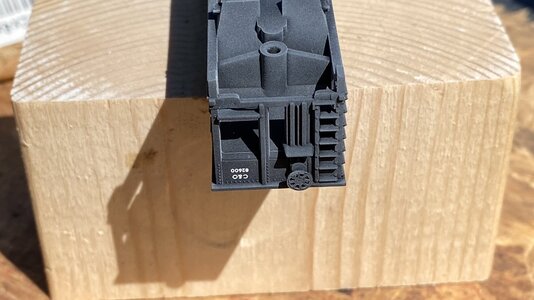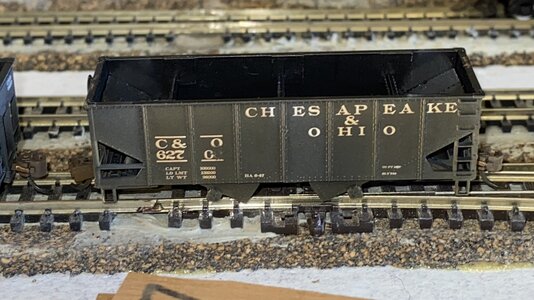I thin Tamiya Arcylics with the Isopropyl Alcohol. I also have used but very rarely the X-20A thinner by Tamiya.
Vallejo paints, the Air, Panzer Aces and Model Color I now only use tap water. I was thinning with the Vallejo brand and it would clog my airbrushes like nothing. Very hard to clean. Now just using water to thin Vallejo.
I am back to occasionally spraying Vallejo thinned with water.
Starting out I would use the paint manufacturers thinner
Still experimenting but have found using very hot water in the airbrush after being done spraying Vallejo Air cleans the airbrush easily. Hot water from the coffee maker into a thermos bottle. Pipette used to add the hot water to the AB Paint cup.
Drying times really vary and I’m not trying to dodge the question. The environment that the spraying is being done in may cause variations in drying times. I really don’t pay that much attention anymore but I pretty much can do some more work on a model after 15 to 20 minutes. A lot of my weathering is washes and done wet on wet. That means I don’t wait for the paint to dry. Rust streaking I do let dry more often then I would adding grime layers to the cars.
Fading, interesting question. First off I use a turn table in the spray both. Also at the bench! I start on the end with the brake wheel, spray and turn. Then the side, spray and turn. I continue until the whole car is sprayed. I will move the unit aside and work on 1 or 2 more units that will use the same fade mix. After the third unit is sprayed the first unit is usually ready to spray again. Based on that I would say there is 15 to 20 minutes of drying time for the first car. When I am satisfied with the fading applications I will put the cars into a dehydrator for 90 minutes minimum but more often overnight. While the acrylics are dry the overnight hardens them up!
If I am thinning paint and it’s Tamiya I am thinning with IPA.
If it’s one of the Vallejo or now Mission paints I am thinning with water
99% IPA is tough to get at reasonable prices in So. Central WIsconsin. I paid $2.99 for 70% for 16 oz. this morning at my local pharmacy within our grocery store. Before Covid that was under $1.00. The pharmacist today told me she will order 2 gallons of 99% and they will be here next week, $15.00 each but no more after that. I having been asking for her to order for months whenever I pick up my meds. I can live with that. The $30 to $40 each plus shipping on Amazon is too much
I know it’s been said in this thread before. Try something and write down the formula, the time, whatever. You will find what works for you. Once the unit has been sprayed and you wait 10, 20 or however many minutes it takes as long as it looks good (no unintentional spotting), all is good.
Some suggested you tubing
Barbados Rex, reviews just about every paint, thinner, cleaners on a spray booth work bench
danrailroad2012, excellent weathering and explains very well but really can talk
Boomer Diorama, I am a huge disciple of Boomer. Doesn’t have many weathering videos but his overall work, his video productions are outstanding. He is a huge Tamiya and Vallejo user. Teaches very well
JC rip track, seems inactive lately but start at the beginning of his videos. Excellent weatherer and instructs very well and does not talk over or around you.
Hope this helps



